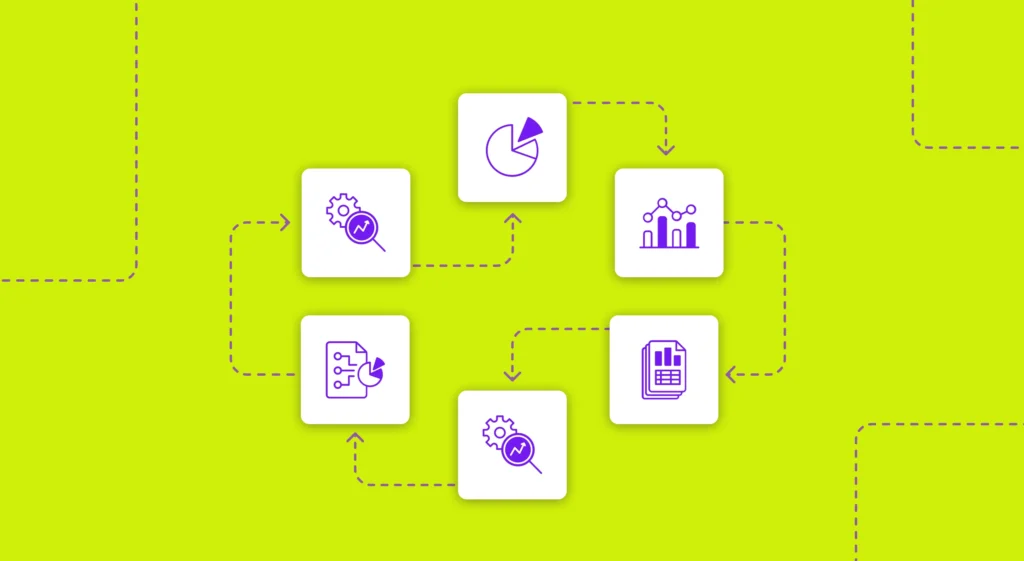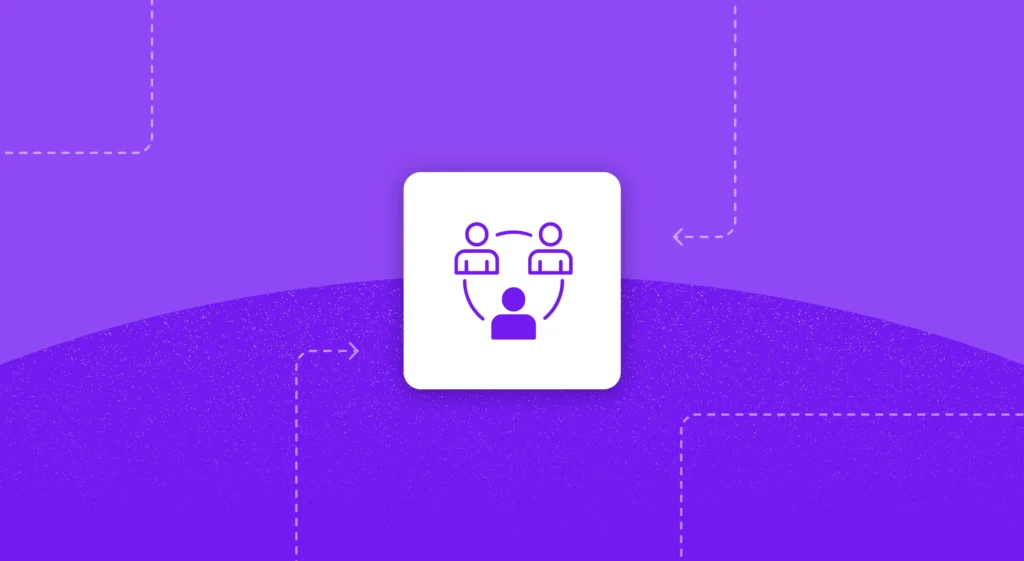The role of an engineering manager (EM) sometimes feels like a game of tug-of-war. Executives want to know if you can speed up delivery timelines while you need to make sure your engineers have enough support to produce high-quality work — and avoid burnout.
If you’re working around the clock and stressing over deliverables, you’re not alone.
Here are the three biggest challenges we see EMs face and how to combat them to fuel productive work.
1. Efficient Delivery Management
Efficient delivery management remains one of the biggest hurdles for engineering managers. As we’ve said before, deliveries can cause a tug-of-war between business leaders and your engineers. This conflict can feel like the epitome of classic software development stereotypes: Business leaders want deadlines met without hearing about the technical speedbumps. Meanwhile, engineers want to laser-focus on building something sustainably.
Both perspectives are essential to fuel business growth, but EMs have a particular challenge in finding the balance between them. Often, we see EMs rely on gut feelings or guesses to inform critical decisions, such as:
- Should I add another engineer to this project, or will we hit our deadline?
- Should I push to cut some of the project’s scope?
- How can I better motivate the team toward a goal?
This approach can cause anxiety around the decision-making process and make it challenging to communicate clear priorities and changes to both executives and your team.
3 Tips to Optimize Your Delivery Management Process
A gut feeling can be a helpful starting point for recognizing a potential problem or challenge. Still, to run an efficient and reliable team, you must build a standardized delivery management process. Here are some ways you can make your process more effective:
- Identify and prioritize customer requirements. As an EM, you need to think critically about long-term business outcomes and make strategic decisions about customer requirements. From there, turn those requirements into actionable tasks to ensure the final product fully aligns with the customer’s expectations.
- Predict potential bottlenecks and challenges. Use data from past development processes to anticipate points of conflict or potential bottlenecks. Then, go through the thought exercise of predicting outcomes based on different decisions and what the consequences might look like.
- Overcommunicate expectations and deadlines. Engineering work is often oriented around speed. But moving quickly is no excuse for a lack of communication. As an EM, it’s up to you to monitor the small changes your team makes and regularly communicate any big-picture implications to stakeholders across the organization.
The goal of efficient delivery management is to deliver on time, predict challenges, and anticipate alternative outcomes in case of surprises. Investing in an Engineering Management Platform (EMP) is an excellent way to make decisions around delivery management backed by data, not just a gut feeling.
2. Engineering Ops
We published grim findings regarding operational success in Jellyfish’s 2023 State of Engineering Management report. Across the board, teams are taking longer to complete development work, with issue cycle time and PR cycle time increasing 2.3% and 6.4% YoY.
When engineering operations aren’t working like a well-oiled machine, we see EMs stress about manual effort, errors, and overall productivity. When engineers feel like they have to move through the mud to ship, morale can plummet.
H3: 6 Tips To Streamline Your Engineering Ops
- Conduct strategic planning to ensure engineering operations align with your organization’s larger strategic goals.
- Practice smart resource allocation by considering project requirements, timelines, skill sets, and budget constraints.
- Encourage process optimization by fostering a culture of improvement and innovation within your engineering processes.
- Assess performance by establishing and continuously monitoring key performance indicators (KPIs) to track, monitor, and assess the effectiveness of engineering operations.
- Support team collaboration by working cross-functionally to remove silos and promote knowledge-sharing.
- Build a culture of continuous learning to encourage team members to seek out training opportunities to boost their skills and support career growth.
A data-driven approach to delivery management can help you meet ambitious deadlines while also making your team more efficient overall. Jellyfish’s research proves that data-driven teams that stick with well-established DevOps best practices see exceedingly positive results, including:
- 11% faster issue cycle times.
- 8.7% faster PR cycle times at 2.4 days.
- 7.8% improved issue resolution.
- 20% higher than average YoY commits.
- 21% more PR comments.
- 18% more reviews than other teams.
3. Team Health
Jellyfish’s 2023 State of Engineering Management report found that many engineering leaders cite burnout as a top challenge, closely followed by hiring and retaining top talent.
Engineering teams are incredibly complex and demanding work environments, and engineering is a creative and often unpredictable role. For an EM, that means you must strike a careful balance between giving your team room to experiment and pushing them to see projects through.
3 Tried-and-True Tactics to Boost Employee Engagement
Engagement may be the secret to maintaining satisfied teams who are focused on getting projects done rather than getting out the door. Here’s how you can keep engagement and employee satisfaction high:
- Provide clear priorities and hold each engineer accountable.
- Encourage engineers to pursue continuous learning opportunities.
- Reinforce the value of engineering’s work in the broader organization.
- Acknowledge the differences in opportunities between team members of different backgrounds.
An EMP like Jellyfish offers a centralized space for your team to align on deadlines, goals, and progress throughout a project lifecycle. When everyone is on the same page, it’s easier to have productive conversations around workload and morale.
Jellyfish: Your Answer to a Good Night’s Sleep
Rediscover a restful night’s sleep and manage complex delivery cycles with an EMP designed to guide engineering teams like yours to success.
EMs trust Jellyfish as a single source of truth for engineering team data. Jellyfish provides EMs with visibility into full project lifecycles to identify areas where engineers are spread too thin, spot potential bottlenecks before they happen, and provide valuable, objective feedback on deliverables.
Learn more about how Jellyfish can help you address delivery management, engineering operations, team health (and more!).







